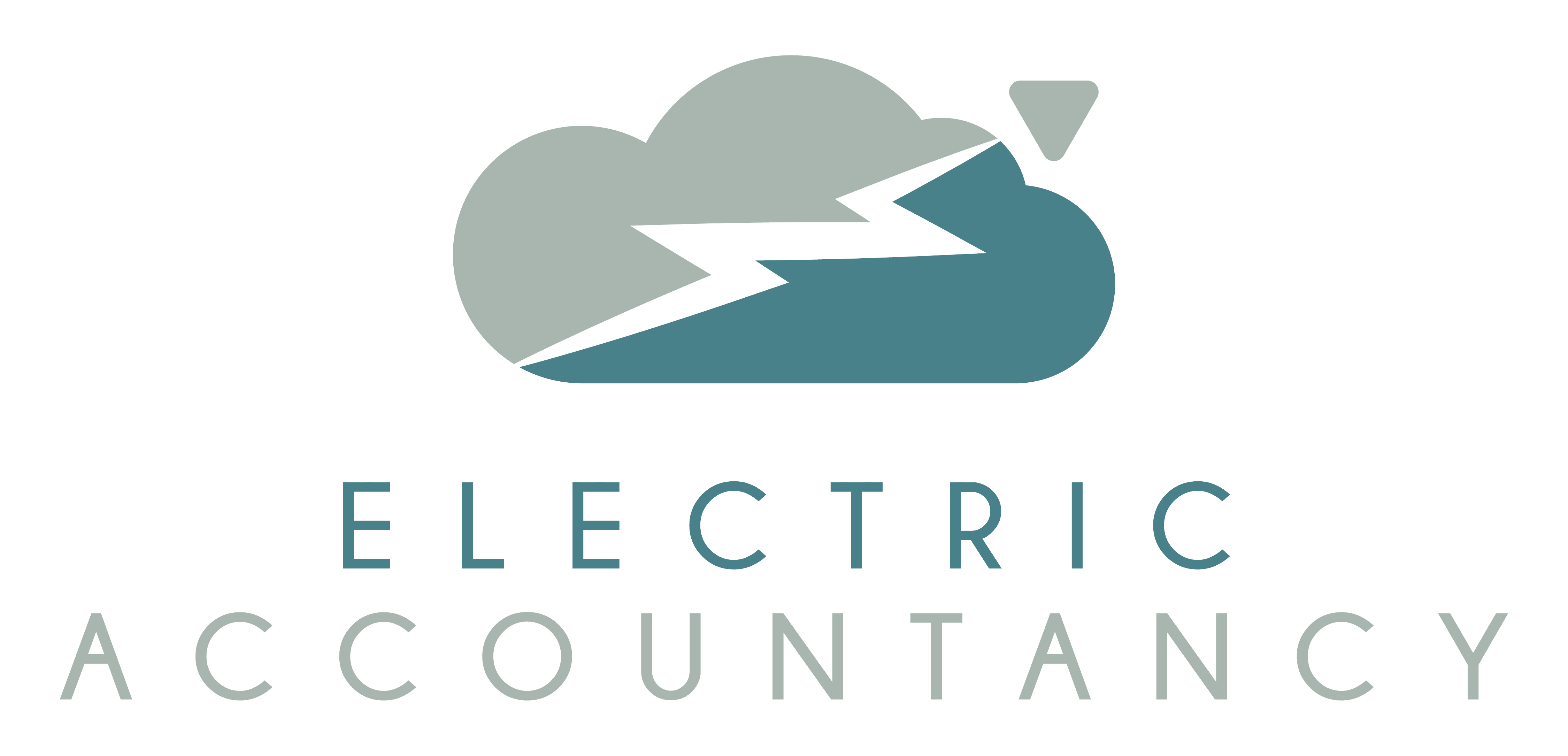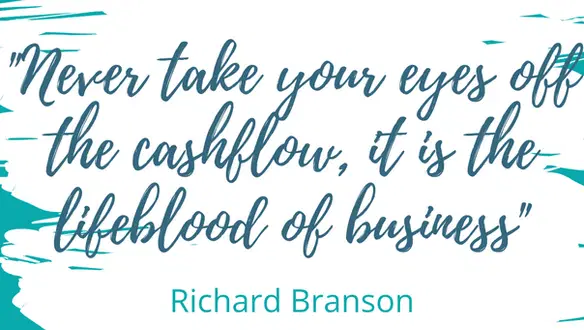Without cash, a business eventually grinds to a halt. It’s the number 1 reason why so many businesses fail.
However, there are 3 simple things that you can implement in your business today, which will put you in control of your cash.
The more in control you are, the more likely you are to anticipate cash problems and deal with them before they start impacting your ability to run your business.
But first, let’s look at a quick summary of a few cash facts:

Read on to discover the 3 simple steps that you can take today, which will help you to monitor and manage your cash position.
Tip # 1: Build a cashflow forecast
Create a 12 month calendar to keep track of your income and bills so that you know when your cash balance is going to take a dip into the red (called negative cash flow) so you can prepare for it.
A forecast will help you to work out how your business will manage this, and whether you need to seek an external source of finance. It will also help you to make decisions about the best timing for any investment you want to make, for instance when you should buy new equipment.

When you expand, your business is particularly vulnerable because you will usually spend more than you currently earn. If you don’t plan for this in advance, you can end up starving your business of cash.
You can do your forecast on paper, or with excel, but if you use a management information system or accountancy software package like Quickbooks or Xero, there are some great cash flow tools available that integrate with your software and which will automate the whole process for you, for example: Futrli, Fluidly, Fathom and Float.
You can also play around with your cash flow forecast to see the impact of different decisions and situations – for instance, what does it look like if you invest some extra money in marketing or new equipment; what happens if one of your customers fails to pay you.
Tip # 2: Track your Working Capital Cycle
You probably have lots of questions at this point, for example:
What the heck is a Working Capital Cycle?
How do I track my Working Capital Cycle?
Why should I track my Working Capital Cycle?
How do I improve my Working Capital Cycle?
What does Working Capital Cycle Mean?
Working Capital Cycle is the number of days that your cash is tied up. The longer the time your cash is tied up, the more likely you are going to have to dip into any cash reserves (emergency funding) or overdraft facility that you have access to in order to pay your bills.
The shorter the Working Capital Cycle the more efficient the company is. A cycle of 30 days means that it takes you 30 days to convert your current assets into cash in your bank account.
How do I calculate the Working Capital Cycle?
Step 1: Calculate your inventory days – this is the average number of days that it takes you to sell your inventory.
Step 2: Calculate your receivable days – this is the average number of days that it takes your customers to pay you.
Step 3: Calculate your payable days – this is the average number of days that it takes you to pay your suppliers.
Step 4: Work out your Working Capital Cycle as follows:

How to improve your Working Capital Cycle:
1. Reduce your inventory days by not stockpiling and by working on ways to get your products to move faster.
2. Reduce receivable days by getting your customers to pay you faster:
-
Invoice them promptly
-
Make it easy for people to pay you (e.g. use Go Cardless or similar)
-
Send reminders (packages like Xero & Quickbooks let you do this automatically)
-
Chase late payments
-
Get help from a credit controller if you have problems with bad debt
3. Stretch your payable days or ask suppliers for more favourable payment terms. If you are having a cash flow problem, pick up the phone and discuss this with your suppliers to see if you can negotiate payment terms. (Whatever you do, don’t push your problem onto the smaller suppliers who are least able to deal with it).
4. Aim to make your receivable days less than your payable days. Some lucky businesses have a negative Working Capital Cycle which sounds bad but is actually great because it means that money is coming into your bank account faster than it is going out.
Tip # 3: Start A Cash Reserve
A cash reserve is an emergency fund for your business. A rule of thumb is to have a cash reserve that is equal to at least 3 months of expenses.
This means you have enough money set aside to cover all your business expenses for a few months should the worst happen and you have no income at all for a period of time. If Covid-19 has taught us anything, it’s that we all need to be prepared for this.
The best place for it is a savings account. The interest will be very low, but you will be able to access it quickly if you need to.
Start saving today and try to build it up.
The alternative is to use an overdraft facility or bank loan to help you through, but this will come at a cost and may impact your credit score which will reduce your chances of borrowing in the future.

